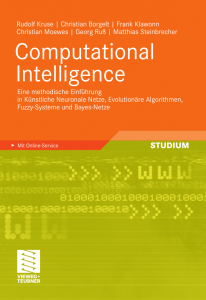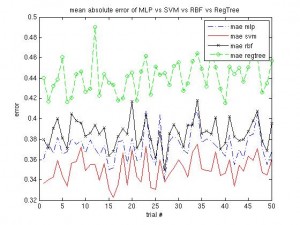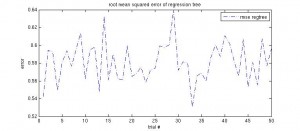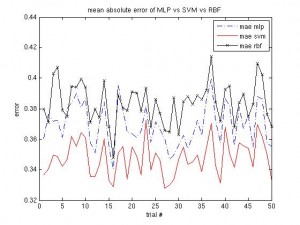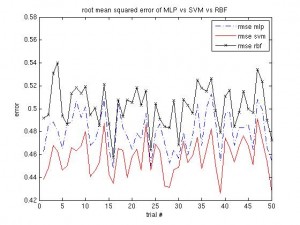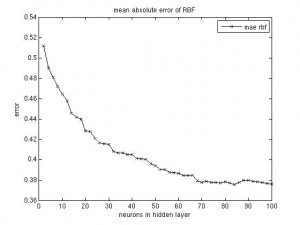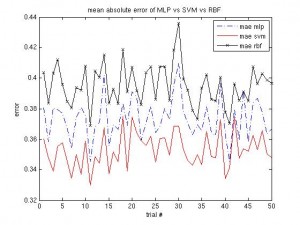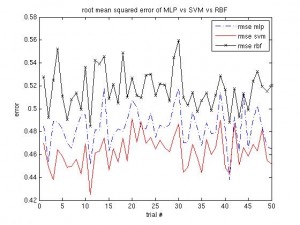From 10th to 11th of December, 2008, I participated in the Twenty-eighth SGAI International Conference on Artificial Intelligence. My talk was on the usage of self-organizing maps for data mining, using the agriculture data as a basis. I didn’t really get any important feedback right after my talk but I could talk to some of the academics who all said that my topic is very relevant and worth working on. Regarding my PhD, the main concern I’ll have to take into account is that it is not supposed to be a PhD in agriculture, but in computer science, so I can’t get away with just applying some data mining techniques to some agriculture data. But my ideas are still there and my thesis structure has also emerged.
For reference reasons, my slides for last week’s conference: slides-2008sgai.
